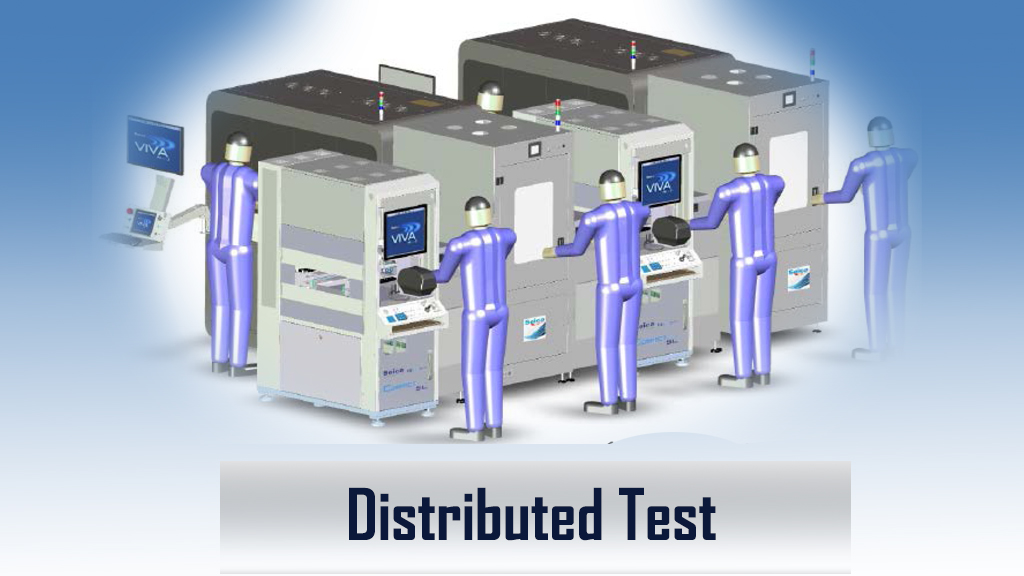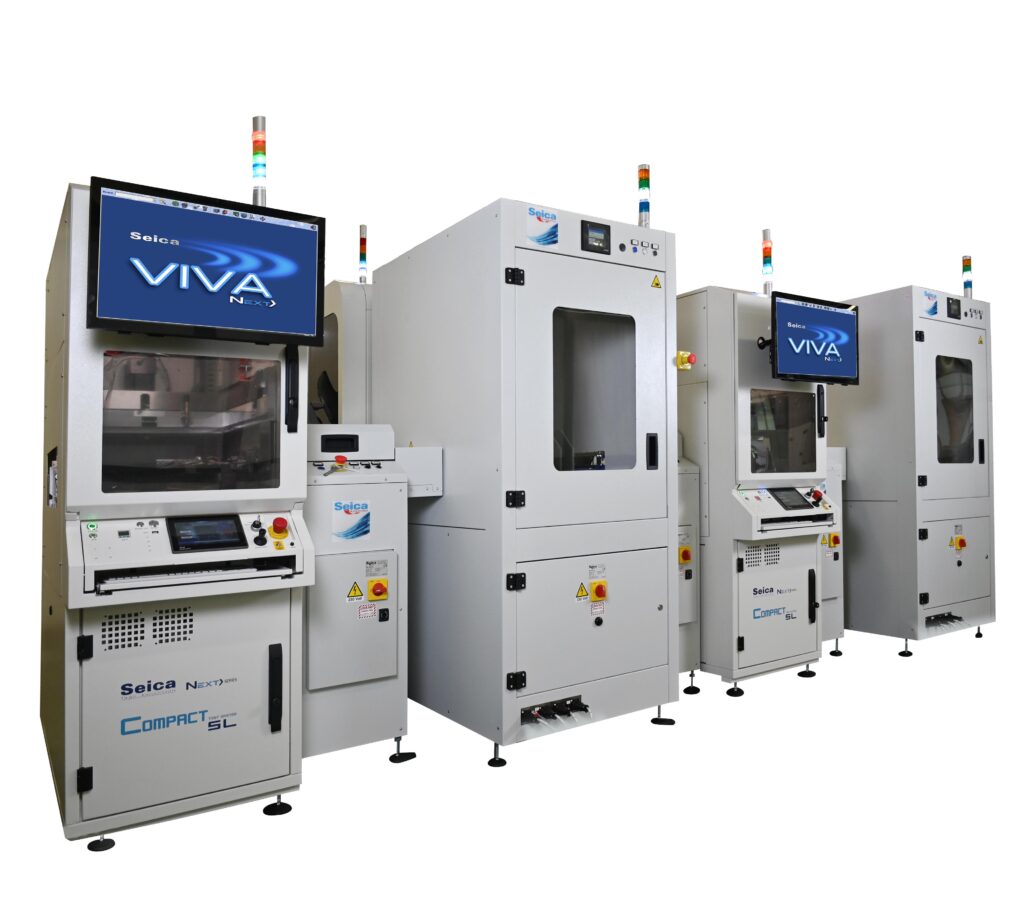From Lean production to Industry 4.0
Defining a test strategy is one of the broadest and most complex aspects of electronic production. How it is managed is mainly determined by the combination of two aspects: the first is related to technical/production issues, the second is cost. The quick and continuous changes in the market first led to the development of the “Lean Production” concept and, more recently, to the philosophy of Industry 4.0. Lean Production, is a set of techniques for business monitoring, aimed to improve business processes, reduce labor costs and, above all, waste. Industry 4.0, introduced for the first time during the Hannover exhibition in 2011, enriches the concept of Lean production to include the development of automated and digitized processes, allowing to collect, channel, process and exploit all of the data and information that machines are able to provide. Industry 4.0 draws on the foundations of the Lean Production, while improving the efficiency and coordination of a dynamic, efficient and self-managed production.
Industry 4.0, which does not include the “Lean” concept, risks becoming an advanced technology that digitizes inefficiencies. Addressing the topic of “Lean Production” together with the paradigm of Industry 4.0 means rethinking the company’s development through investments in connectivity and digitalization. Connected, digital solutions help maximize profits by reducing production line setup costs, taking advantage of systems which are easy to adapt to the continuous evolution of electronics.
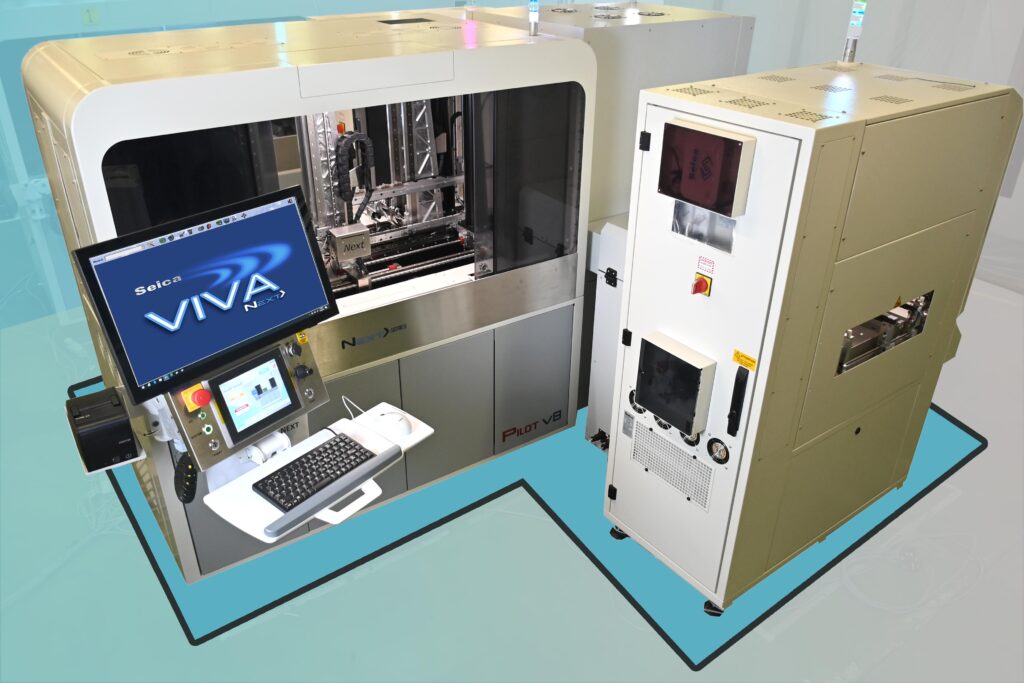
(a combination between Flying Probe and Flying Bed of Nails technologies)
Distributed test
Taking into account the wide variety of approaches to testing electronic products in the different stages of the production test cycle, choosing the right automatic test equipment requires a good understanding of their features and capabilities. The choice of technologies for production testing falls mainly on two types of systems: bed of nails testers or flying probers.
Typically, when the product specifications require the execution of different types of tests, it is assumed that the best alternative is to rely on a single “multi-purpose” tester, which has a set of hardware and software resources able to execute a comprehensive test program. However, this choice usually signifies an overall increased complexity of the system and a higher degree of specialization, which can penalize its efficiency: the test operations are serialized, so while one resource is executing a test the others have to wait until it is completed in order to proceed with the next test.
The concept of implementing a distributed test solution is based on integrating distinct, modular systems, each one dedicated to execute a part of the application determined by the product specifications. This modular approach makes it simpler to specialize each system according to the customer requirements, requiring limited, or even no investment, when the product coming through the production line changes. In a distributed test solution, all of the resources work in parallel, carrying out their specific task, just like an assembly line.
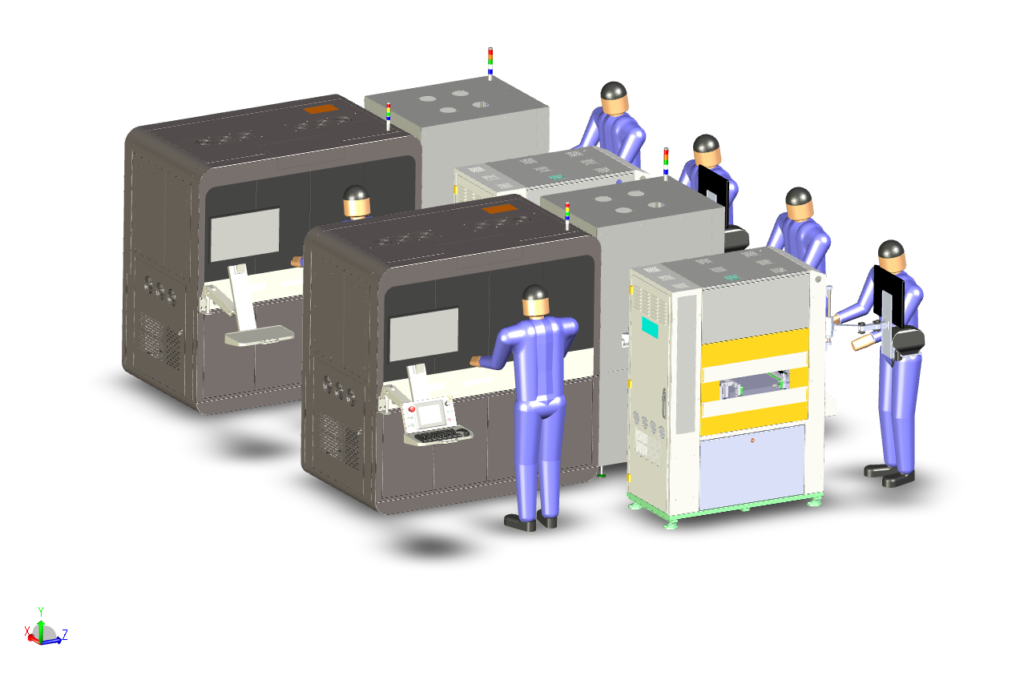
(The solution: Automated Distributed Test)
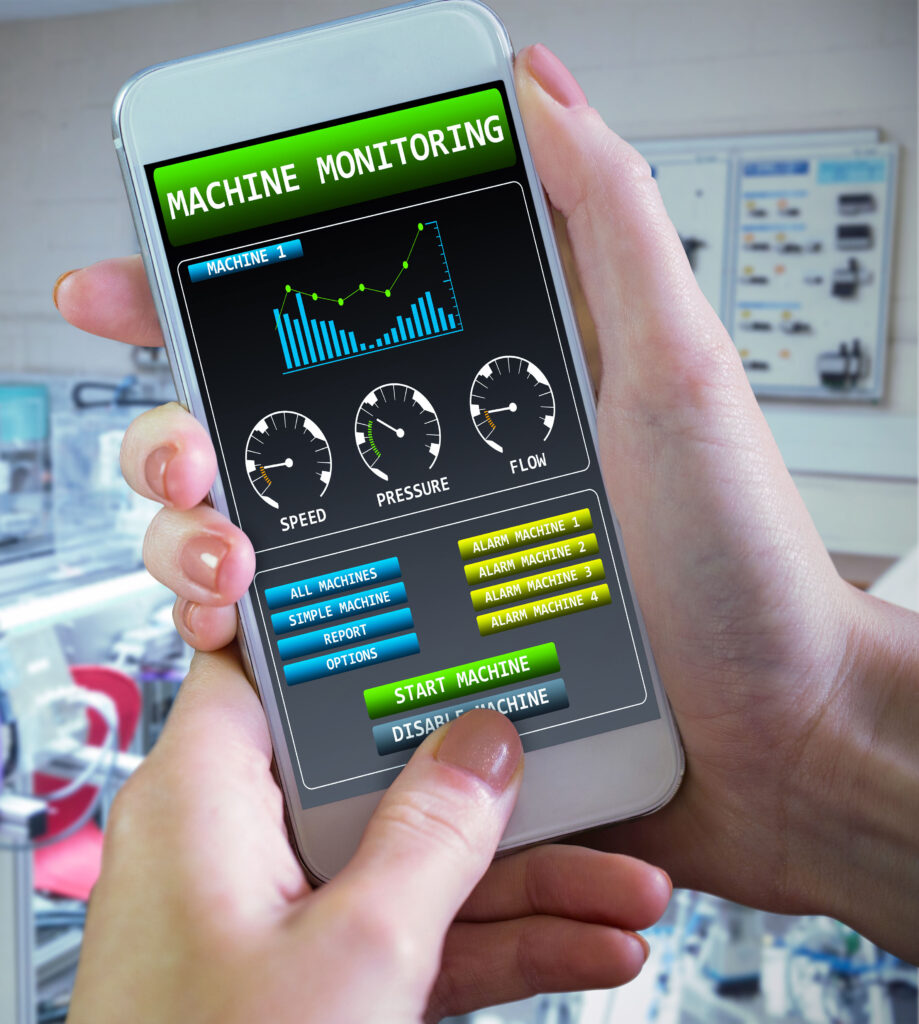 A Case Study
A Case Study
In our case study the challenge was to define an intelligent solution specialized to test automobile interior vision systems, but designed and engineered to be flexible and capable of testing any type of board or panel.
The business case in question led to the definition of goals, which are summarized in three essential points.
- Ensure maximum test coverage while meeting the takt time defined according to volumes.
- Possibility to test different products simultaneously and independently.
- Minimize machine downtime in the case of corrective maintenance operations.
The final result is a highly efficient line with a compact, optimized footprint and a symmetrical design, engineered both for stand-alone operations and automatic production, integrated and connected to an automated assembly line manufacturing cameras (eg. gesture cameras). The solution combines state-of-the art flying probe test and bed of nails testing technologies: two flying probe systems are dedicated to selective ICT testing, and two bed of nails testers are dedicated for In-System Programming (ISP). The entire solution is connected to an automation platform, compliant with the HERMES, CFX and SMEMA standards, for board conveyance and management. The test systems are interconnected by three linking conveyor modules and two tilter modules, enabling streamlined integration in the same line of test systems with horizontal and vertical architectures. All of the automation modules feature an automatic adjustment option, which allows the automatic adjustment of the width and height of rails and conveyor belts, eliminating the necessity for operator intervention when boards of different sizes are coming through the production line. The line unloaders automatically separate the GOOD and NO GOOD boards.
The choice to integrate flying probe test in a high volume production solution was determined to be the best way to ensure the maximum flexibility to test any type of board while minimizing the setup costs (and time) when the product being manufactured changes. For the specific product in question, in order to reach maximum test coverage, it was essential to have the capability of probing both sides of the board under test; the flying prober chosen offers eight probes for full, double-sided testing, along with many other features that ensure the flexibility to test any type of board: high-resolution on-board measurement electronics, mechanical precision and positioning accuracy to probe high density boards and micro-sized components, power probes and functional test software suite and additional mobile test resources able to apply multiple test techniques, including LED testing.
The two fully automated in-line bed of nails systems included in the solution perform the task of in-system programming of the boards and are the best solution to ensure the takt time for the line. In this case the boards are arrayed in a panel format, and the bed of nails systems are able to perform the parallel in-system programming on all the boards of the panel thanks to the integrated universal programmers, that are able to communicate with the target devices utilizing different communication protocols (e.g. SPI, CAN, JTAG, SWD, UART, UPDI, SWIM USB, RS232) and are equipped with dedicated memory devices to store the image files of the firmware intended for the chip to be programmed.
The architecture implemented in this business case includes a supervisor/server, and all of the modules in the line are connected to a LAN network to communicate with the Server/Controller of the production site and the Manufacturing Execution System (MES). The supervisor server is equipped with a centralized management interface which controls the automation and the remote communication between the test systems and the Site Server/Controller; each system receives from the supervisor the information relative to the incoming board, and automatically selects the specific test program for that product version or commands a pass-through if the board is not intended for that system.
(The solution: Automated Distributed Test)
The architecture of the solution allows the user to balance serial and parallel operations, eliminating idle times to maximize throughput while maintaining the best possible performances in each step of the process. The time required to reconfigure the line to change the type of product is reduced to a minimum: the test program and ISP setup are managed automatically, and changing the electromechanical interfaces on the systems dedicated to ISP is the only manual setup operation required. The modularity of the solution also minimizes the impact resulting from machine downtime, whether due to regular maintenance operations or failures, since the systems which are not involved in the maintenance activity can continue to operate normally.




